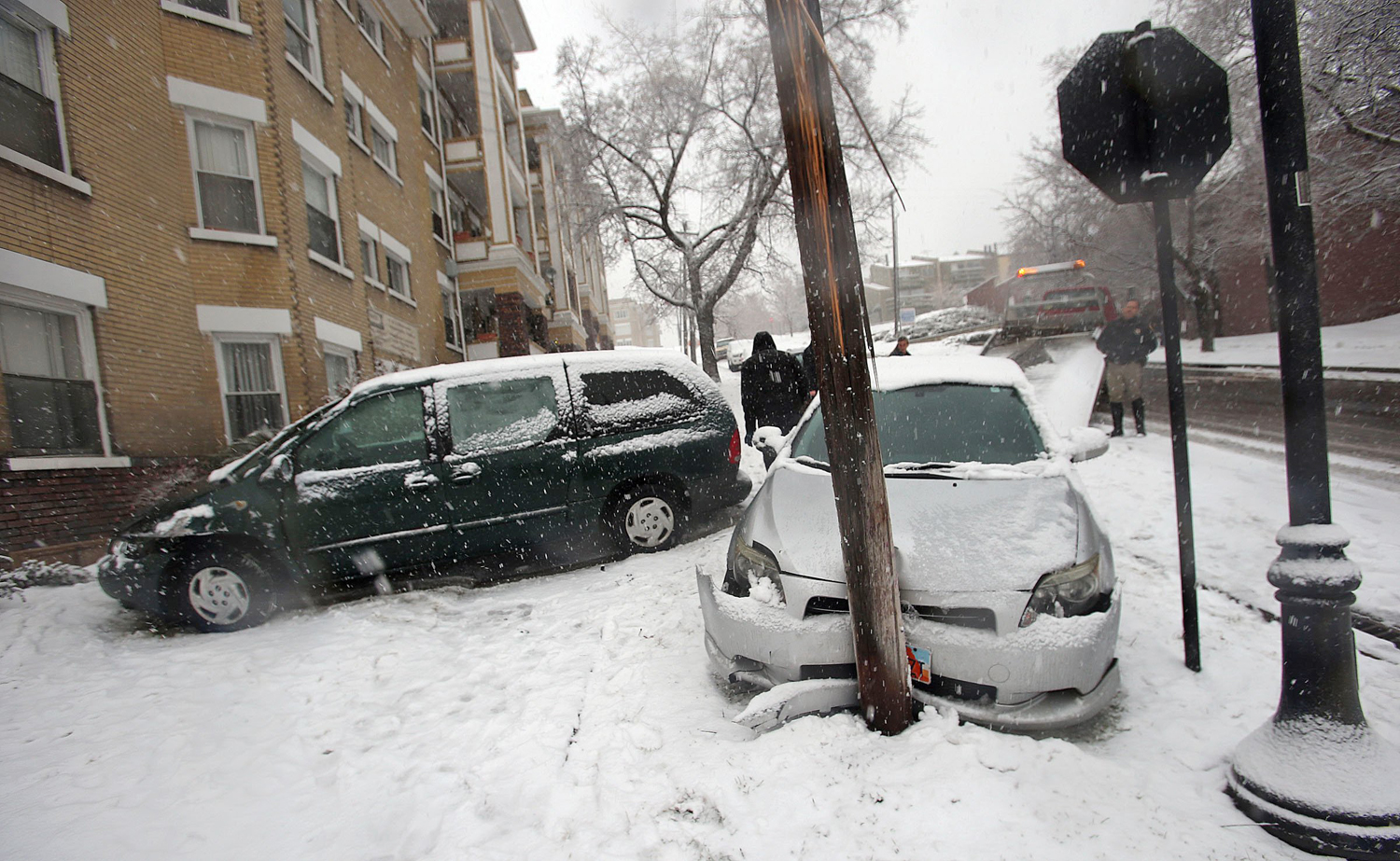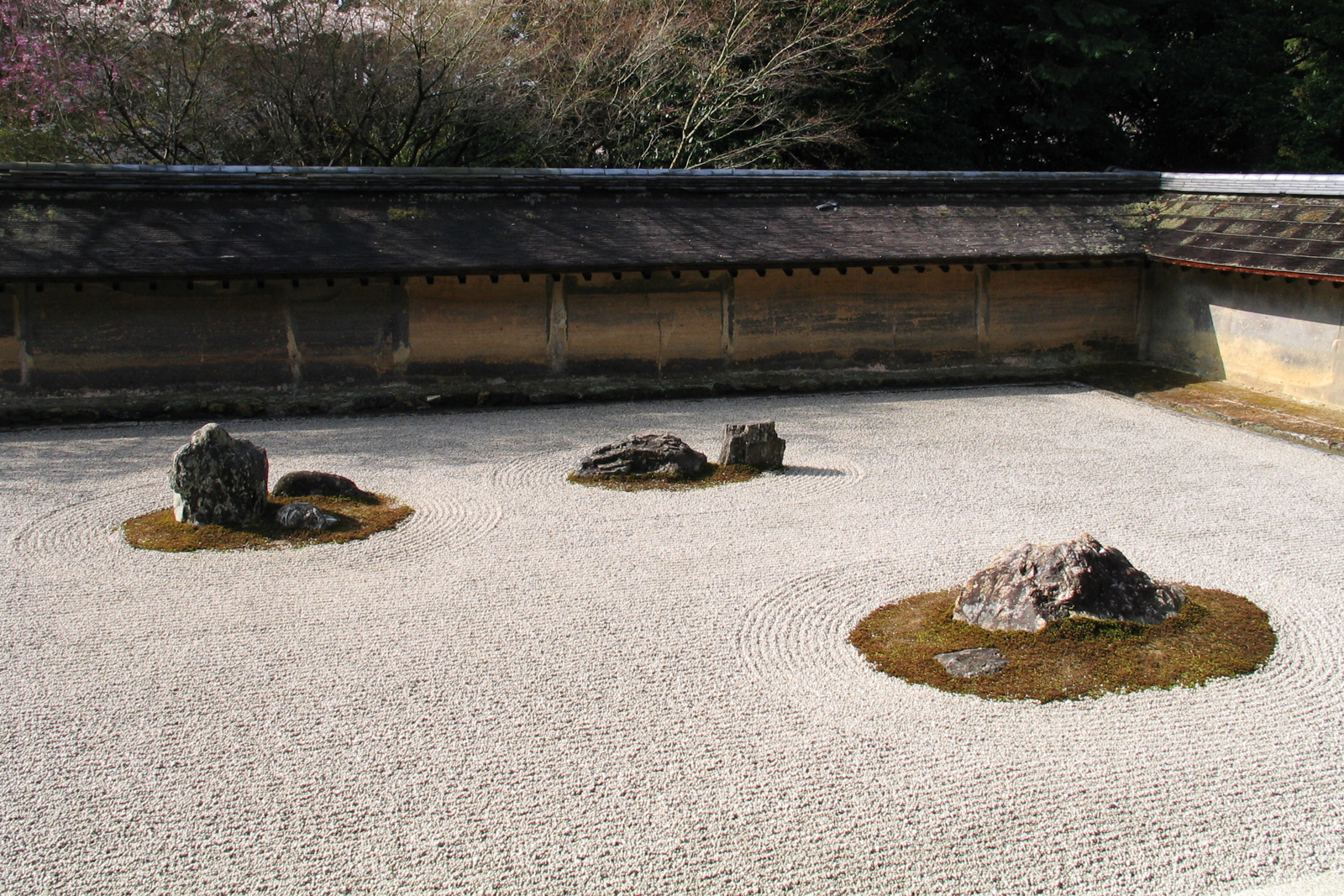World geography has got to be one of the most frustrating subjects as it is constantly changing. Should Jenna ever learn about the names of countries and border locations and such, I think for the most part will be quite different from what I learned. Creating maps is an endless task – but I suppose if that’s the field of work you’ve gone into, well, then you will never be out of work.
In my sixth grade history class we were given blank maps as part of our world geography – or so I’m assuming that’s what was being taught. I specifically remember working on a European map, but for whatever reason, our time in the classroom was cut short and so we were allowed to take the maps home and fill them out there according to our own resources as we were not allowed to take the text books home.
We didn’t have the resources of today where one can go to Google and pull up a large variety of maps and find information on each country with just a click of a button. We had encyclopedias and a series of “Let’s Travel to” books and a couple of atlases. I started with an atlas and the frustration set in. The map in the atlas did not have as many boundary lines as the map I had brought home. What the flip?
I don’t
know what led me to check the publication date.
1935. Oh, no wonder. The European boundaries had surely changed
boundaries a few times in the 40 year period that took place between the atlas
publication and my homework assignment.
I went in search of another atlas.
A few years ago I purchased a second hand game called,
“Where in the World”
that came with six maps. I figured that if Jenna ever learned
geography, perhaps the maps and maybe even some other included information would
be useful. I would definitely have to
pick it through to see what actually may still apply today.
Almost 200 cards are included with the maps. Each of these cards are numbered and have a picture of the country’s flag (or the flag which represented said country at the time the game was created) the capitol, population (dated) monetary unit, literacy rate, major languages, regions, export, import and seacoasts. Though several cards may contain information that still applies today, many of them don’t.
Three of the maps have had major makeovers from the time that I learned them to when the game was manufactured to today. And a lot of the card information could be correct, though I have not checked any beyond the flag. Countries may have the same capitols that they did when the game was created. But I know not all of them do. There are countries that didn’t exist back when the game was created and there are others that existed then that are only historic names today. Names and boundaries have changed all over the map.
Let’s go to the
African continent on game map. Western Sahara is number 29
on the map. The country was disputed territory
for many decades – the majority is now ruled by Morocco Europe that I don’t
remember ever having learned about. It
appears that there are two dot-sized countries within the country of South Africa
But this one is the same as when I learned it
and is the same today. I like that.
And will go into more detail in my post tomorrow.

















































